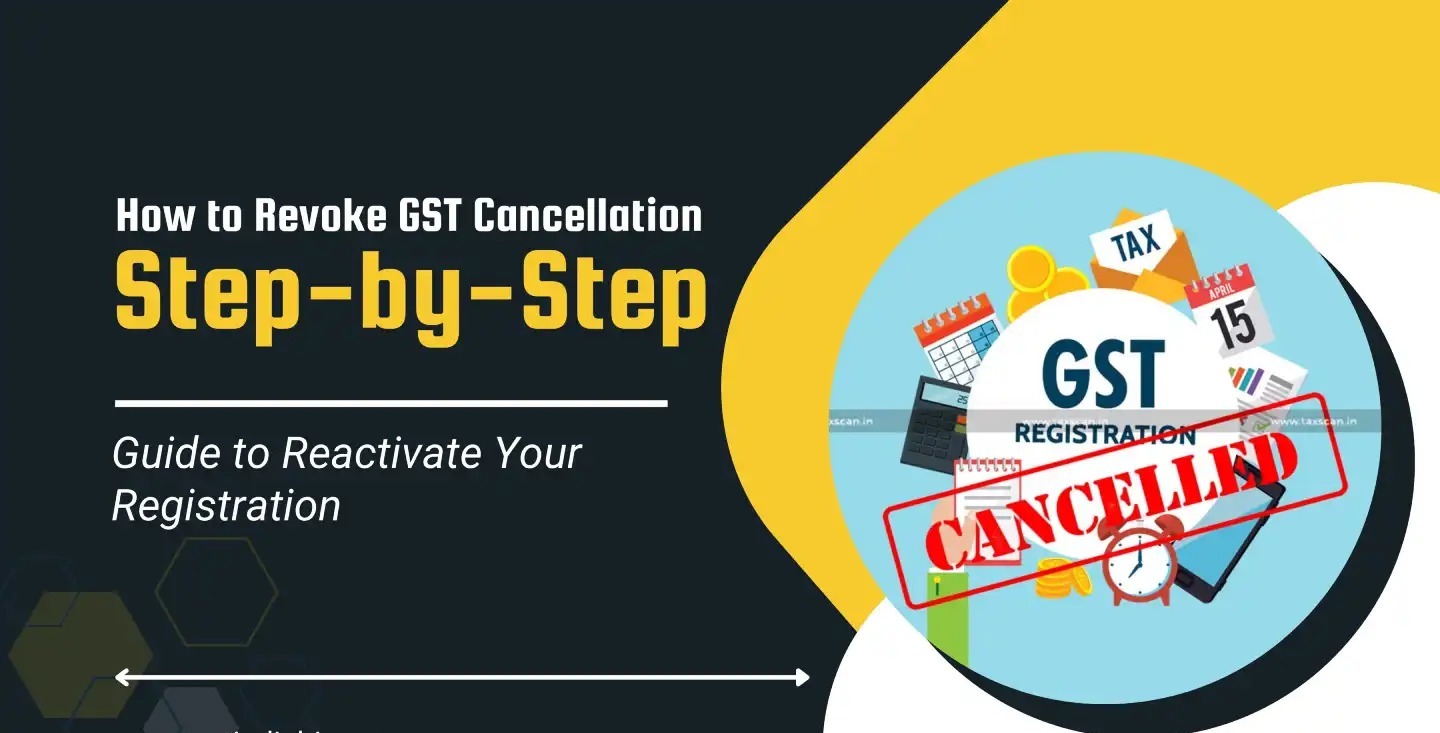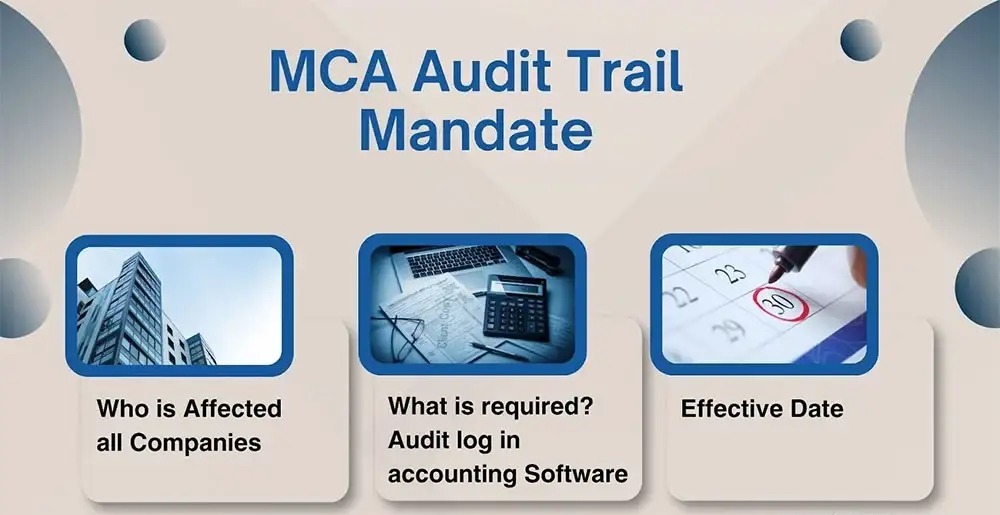P.A. Mohammed, J.@mdashThis Income Tax reference is coming up for answer before us at the instance of the assessee. The assessment year involved is 1977-78. The relevant previous year ended on March 31, 1977. The assessee filed a return declaring a loss of Rs. 12,050. While completing the assessment, the Income Tax Officer included a sum of Rs. 43,469 which was claimed by the assessee as deduction on account of building tax paid under the Kerala Building Tax Act, 1975. However, the Income Tax Officer rejected the deduction claimed by the assessee and treated it as a revenue expenditure (sic). On appeal, the Appellate Assistant Commissioner held that the expenditure laid out was an expenditure incurred for the purpose of business and was an admissible deduction u/s 37 of the Income Tax Act, 1961 (hereinafter referred to as "the Act"). As against the said order, the Revenue filed an appeal before the Income Tax Appellate Tribunal. In the appeal, the Tribunal held that it was not an expenditure incurred wholly or exclusively for the purpose of business of the assessee and accordingly the claim for deduction was disallowed. It was under the above circumstance the assessee filed the application for reference.
2. The question of law referred to us for decision is as follows :
" Is the Tribunal correct in holding that the building tax of Rs. 43,649 paid by the applicant for their hotel building under the Kerala Building Tax Act, 1975, is not an admissible deduction in the computation of income from their business of running a hotel ?"
3. The question to be decided in this case is whether the deduction claimed by the assessee is a capital expenditure or revenue expenditure. Before deciding this question, we will advert to the nature of the payment of tax in the present case. The Kerala Building Tax Act, 1975, provides for the levy of tax on buildings. Section 5 thereof is the charging provision by which tax is to be paid on the construction of the building. Payment of tax u/s 5 is not of recurring nature. Once the payment is made on completion of the building, it is once for all. The tax so paid forms part of the capital asset. It remains with the building just like bricks or tiles. The amount of tax so paid thus indisputably forms part of the capital expenditure.
4. The next question we are called upon to consider in this case is whether the claim for deduction of the amount paid as building tax is an allowable deduction u/s 37(1) of the Act, which runs as follows:
" 37. General - (1) Any expenditure (not being expenditure of the nature described in Sections 30 - 36 and not being in the nature of capital expenditure or personal expenses of the assessee), laid out or expended wholly and exclusively for the purposes of the business or profession shall be allowed in computing the income chargeable under the head ''Profits and gains of business or profession''."
5. What is discernible from the above provision is the fundamental and foundational difference between capital expenditure and revenue expenditure which must be borne in mind at the time of computing the income chargeable under the head "Profits and gains of business or profession". If the expenditure is claimed as revenue expenditure it must be exclusively for the purpose of business or profession.
6. In the case of payment of tax under the Kerala Building Tax Act, 1975, it cannot be said to be an expenditure for the purpose of business or profession carried out in the said building. When tax is paid it is an advantage of enduring benefit to the building and not to business or profession. The expenditure referred to u/s 37 must not be in the nature of capital expenditure or personal expenses of the assessee. It also specifically excludes the expenditure specified in Sections 30 - 36.
7. As early as in the year 1926, Viscount Cave L. C. said in the decision in British Insulated and Helsby Cables Limited v. Atherton [1926] AC 205 : [1925] 10 TC 155 (HL) :
"But when an expenditure is made, not only once and for all, but with a view to bringing into existence an asset or an advantage for the enduring benefit of a trade, I think that there is very good reason (in the absence of special circumstances leading to an opposite conclusion) for treating such an expenditure as properly attributable not to revenue but to capital."
8. The above decision was quoted with approval by the Supreme Court in
9. The Tribunal found in unequivocal terms : "In fact, the tax is a charge on the building newly constructed. It is clear that the tax is not paid by the assessee either in the character of a trader or in the character of a trader-cum-owner. It is paid purely in the character of an owner. Hence, it must be held that this is not a business expenditure, that is to say, an expenditure incurred wholly and exclusively for the purpose of the business of the assessee." The above finding of the Tribunal will have to be tested with reference to Section 30(1) of the Act. The above provision is as follows :
" 30. Rent, rates, taxes, repairs and insurance for buildings. --
In respect of rent, rates, taxes, repairs and insurance for premises, used for the purposes of the business or profession, the following deductions shall be allowed--....
(b) any sums paid on account of land revenue, local rates or municipal taxes. "
10. The contention of the assessee is that this is a local tax paid by the assessee in respect of the building and, therefore, it is an allowable deduction. In order to attract the above provision, payment of tax must be for the purpose of business or profession. As already observed above, the payment of tax in the present case is not for the purpose of augmenting the business or profession. That being the position, the assessee cannot rely on the provision contained in Section 30(1) of the Act.
11. In view of the discussion hereinabove, the question referred to us is answered in the affirmative, that is to say, in favour of the Revenue and against the assessee.
12. A copy of this judgment under the seal of the court and the signature of the Registrar shall be forwarded to the Income Tax Appellate Tribunal, Cochin Bench, as required by law.

